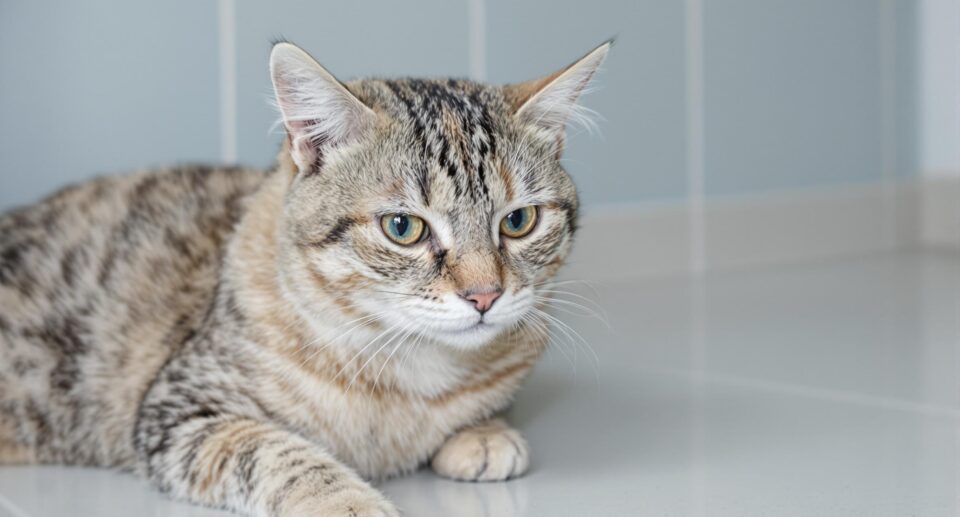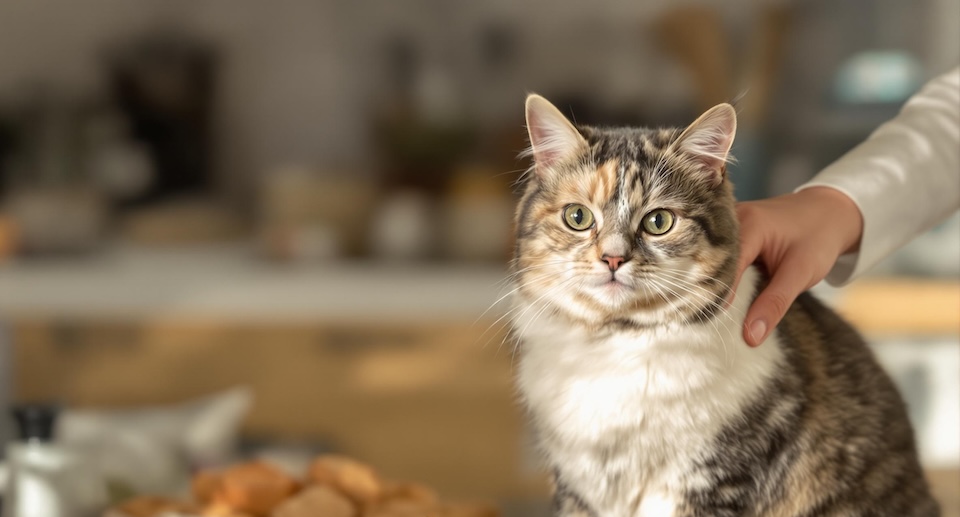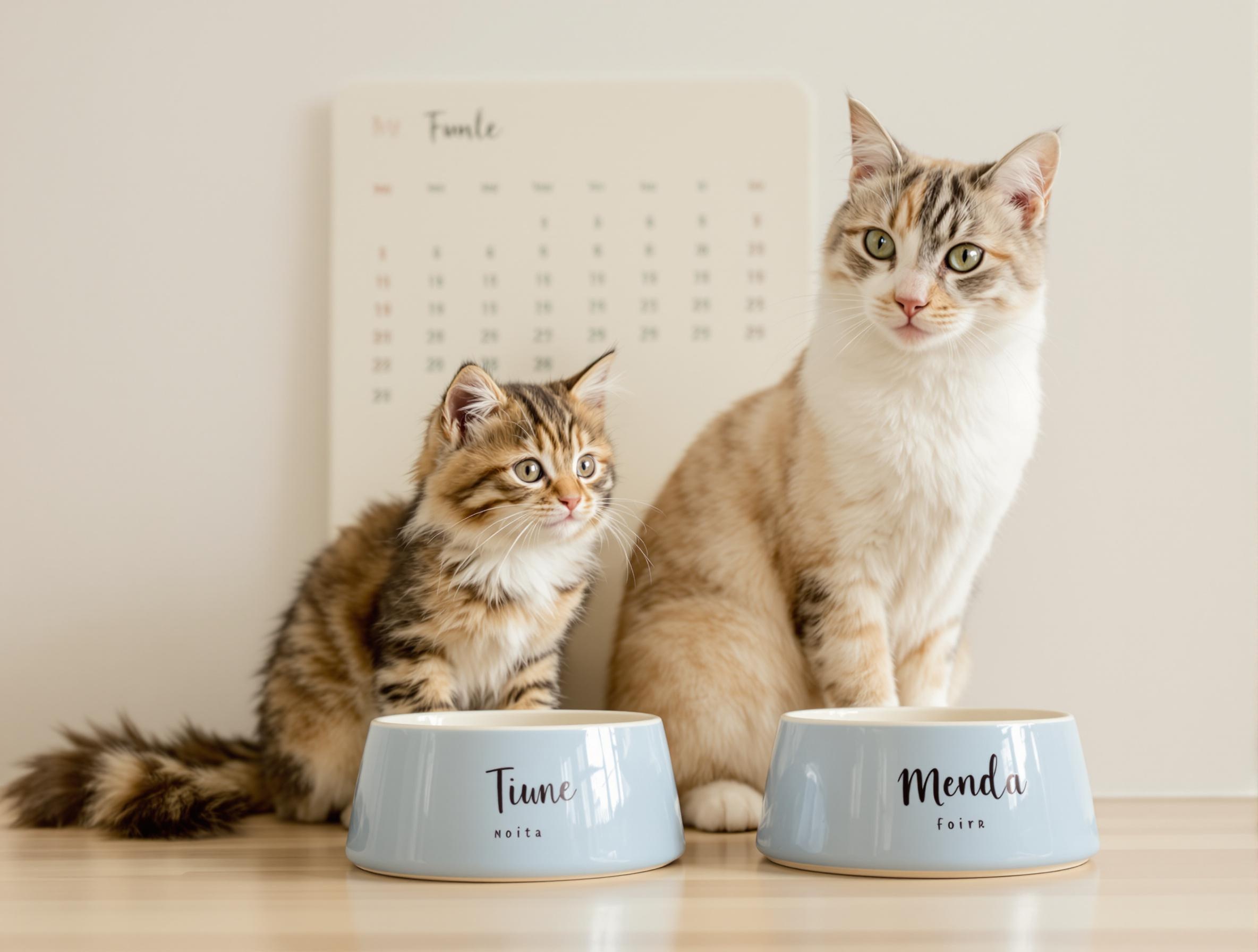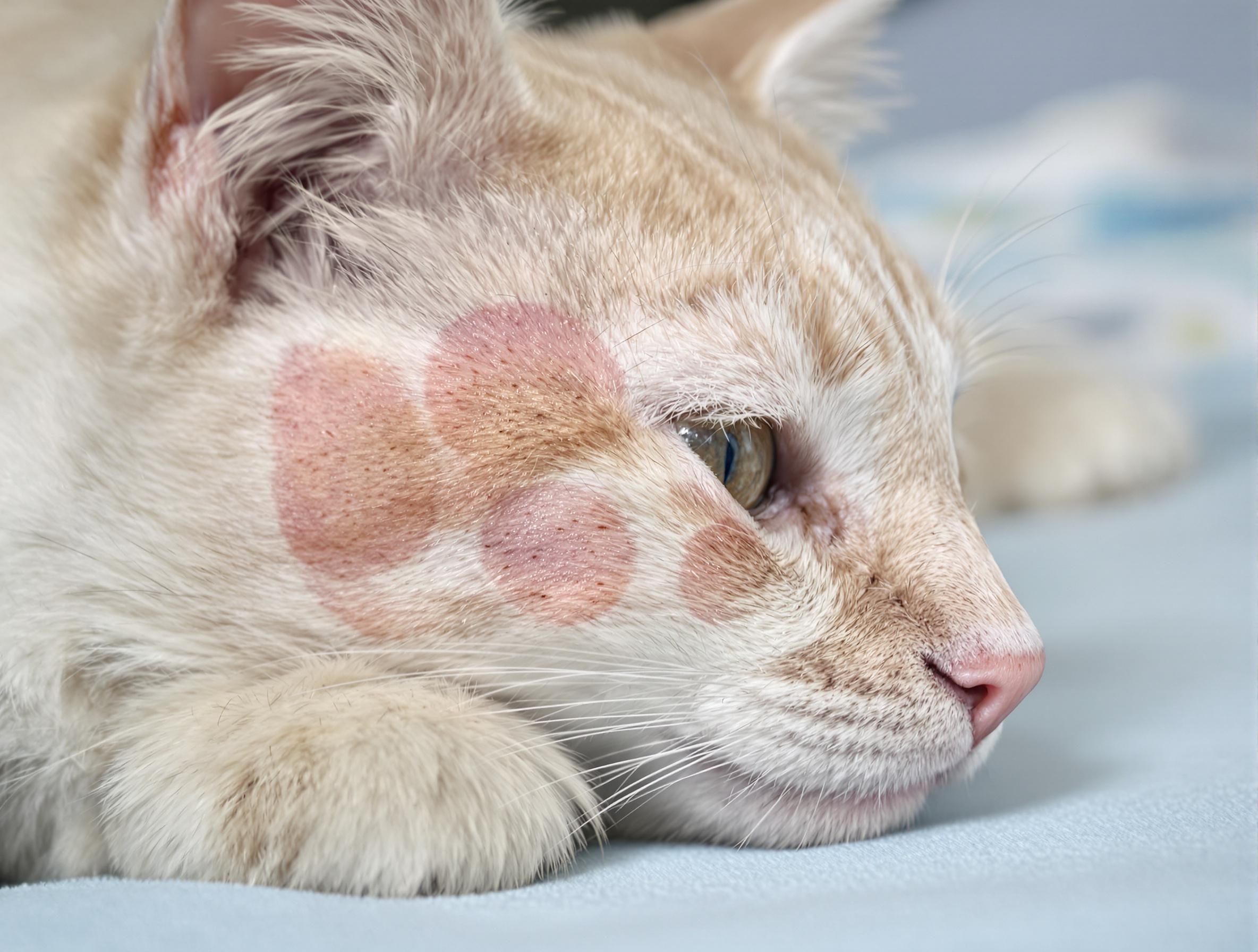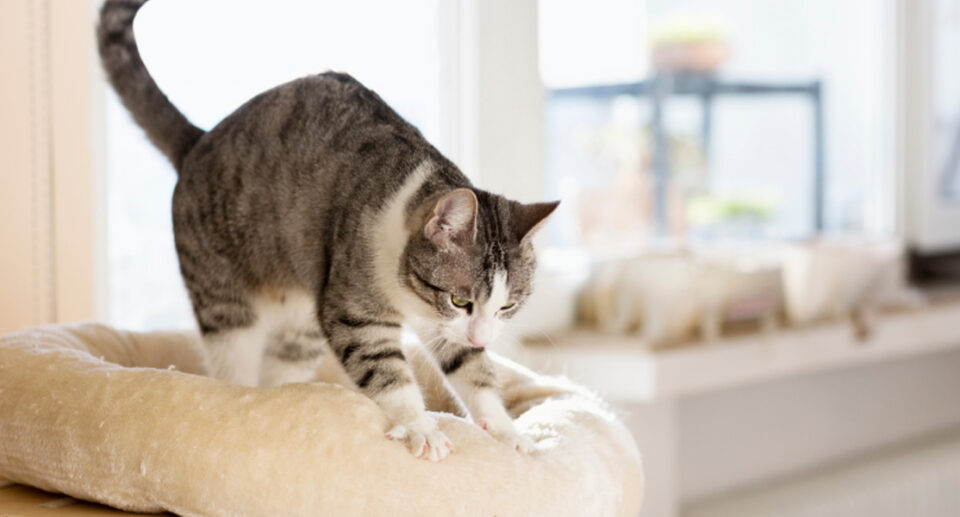
Key Takeaways
- Kneading is an instinctive cat behavior tied to comfort, territory marking, and leftover habits from kittenhood.
- Not all cats knead, and that’s normal—each cat expresses contentment and affection in their own way.
- Providing soft surfaces and gentle redirection can help manage kneading while supporting your cat’s emotional needs.
Cats have a way of turning everyday moments into something endearing—especially when they begin that gentle paw-pressing motion so often linked with comfort and calm. This comforting behavior, known as kneading, is one of the earliest habits cats develop and often carries into adulthood.
Though it may seem quirky, kneading is deeply tied to your cat’s instincts and emotional well-being. At PetHealthMD, we’re here to help you explore what this behavior really means and how it reflects your cat’s sense of comfort, connection, and trust.
What Is Cat Kneading?
Cat kneading is that adorable motion where your cat rhythmically pushes their front paws into a soft surface, switching from one paw to the other. This habit is often nicknamed “making bread” for its dough-kneading resemblance.
You’ll usually see cats do this on a blanket, your favorite hoodie, or your legs if you’re lucky. Some cats stretch their claws out with each motion, while others keep them retracted, but the movement itself is typically slow and repetitive.
Most kneading sessions are paired with a deep purr and eventually end in a nap, especially if your cat feels calm and safe. It’s one of those behaviors that looks both playful and peaceful. If your cat starts kneading before settling in for rest, it’s usually their way of winding down. And if they choose your lap, take it as a compliment—they’re feeling right at home.
Why Do Cats Knead? Decoding the Behavior
Kneading may look like a simple habit, but it’s packed with meaning. From marking territory to signaling readiness to mate, this behavior goes beyond cozy bedtime rituals. Understanding the reasons behind it can help you respond to your cat’s needs and create an even more comforting environment for them.
Here’s a closer look at why cats knead:
- Marking their territory: Cats have scent glands in their paw pads, and kneading helps leave their personal scent behind. So when your cat kneads your lap, they’re not just getting comfortable—they’re claiming you as their own.
- Leftover kitten instincts: Nursing kittens knead to help stimulate milk flow. That motion becomes an early comfort habit, and even as adults, many cats continue to knead when they feel safe or content.
- A satisfying stretch: Kneading helps cats stretch their front legs, shoulders, and toes. It’s a soothing way for them to stay flexible and loosen up, especially after waking from a nap.
- Making a comfy nest: Wild cats knead grass or leaves to create a soft place to rest. Domesticated cats do the same on cozy blankets, laundry piles, or anywhere else they’d like to curl up.
- Signaling heat: When a female cat is close to going into heat, she might knead around or even on a male cat to communicate that she’s ready to mate.
These motions may be instinctive, but they also show how much your cat trusts their surroundings. Whether it’s stretching out or getting cozy, kneading is one of the many ways your cat expresses comfort in your presence.
Do All Cats Knead?
Not every cat kneads, and that’s completely normal. Some cats may rarely, if ever, show this behavior, while others do it daily. Personality plays a big role—some cats are naturally more expressive, while others keep their habits to themselves.
It can also come down to comfort. A cat who feels safe and relaxed is more likely to knead, especially if they’ve carried that habit from kittenhood.
Age, background, and early life experiences can shape whether kneading becomes a regular habit. Cats that were weaned early or didn’t spend much time around soft bedding may not associate kneading with comfort.
Others may prefer different ways to relax, like head-butting or slow blinking. If your cat isn’t a kneader, there’s no need to worry—it doesn’t mean they’re unhappy. It simply means they show affection and relaxation in their own unique way.
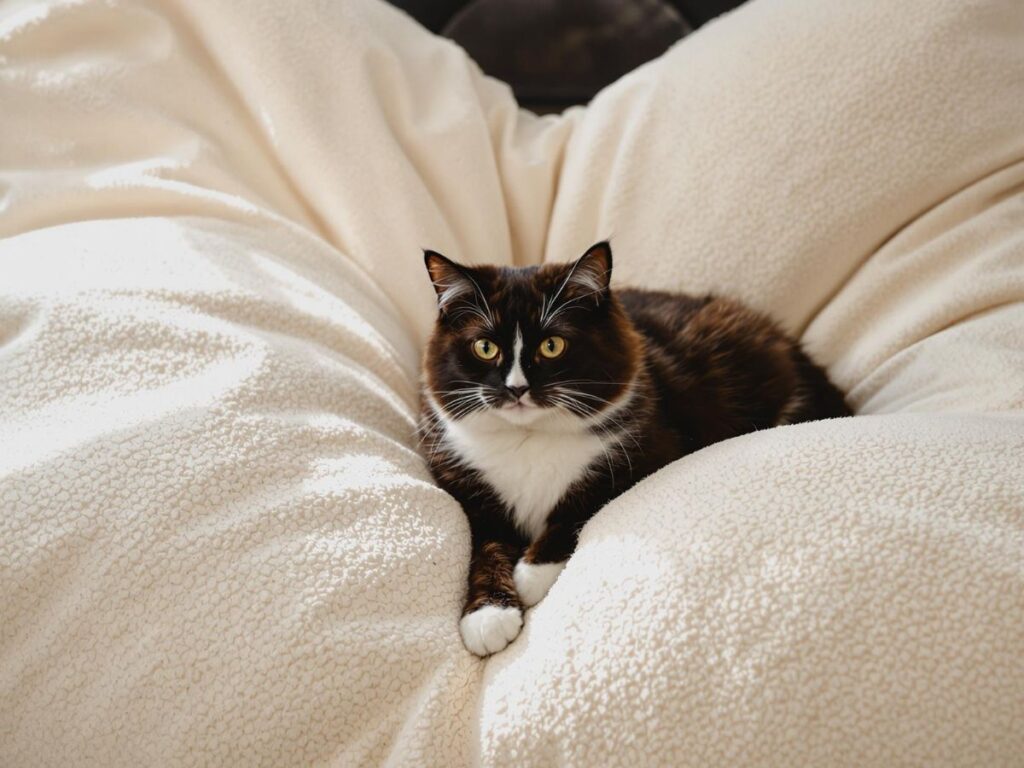
How to Respond to Cat Kneading
While kneading is usually a loving gesture, it can sometimes be a little uncomfortable—especially when claws or sensitive spots get involved. The good news is there are easy ways to handle it without discouraging your cat’s affection.
Try these tips to respond to kneading in a calm, cat-friendly way:
- Add a soft barrier: Keeping a folded blanket or throw nearby can create a comfy buffer if your cat insists on kneading your lap.
- Trim claws regularly: Shorter nails mean gentler kneading and fewer scratches. Explore cat nail care tools in the Cat Grooming Supplies category at 1800PetMeds.
- Offer a cozy alternative: Encourage your cat to knead a plush bed, fleece blanket, or their favorite pillow instead of your legs or chest. You can find comfortable Cat Beds and Furniture to keep them cozy.
- Stay calm and redirect: If kneading becomes uncomfortable or disruptive, gently move your cat or guide their paws to a more suitable spot.
- Avoid reacting harshly: Sudden movements or loud reactions can startle your cat and make them wary of approaching you.
For cats that knead excessively, make sure they have plenty of enrichment and playtime. Browse the Cat Toys and Treats section for ways to redirect their energy positively.
Kneading might take some patience to manage, but with a few thoughtful adjustments, you can keep things comfortable without sending mixed signals. Your cat will still get the comfort they’re looking for—and your legs will thank you.
Understanding Your Cat’s Unique Habits
Kneading is one of those small, comforting gestures that says a lot about your cat’s trust in you. Whether they’re curling up beside you or preparing their favorite blanket, this motion reflects a deep sense of safety and connection.
At PetHealthMD, we’re here to help you understand the little things that matter most. From kneading and purring to play behaviors and routines, our feline behavior resources can help you build a stronger, more confident relationship with your cat.
FAQs About Cat Kneading
Why does my cat knead me but not other people?
Cats often knead those they trust the most. If your cat kneads you but not others, it’s likely because they associate you with safety and comfort.
Can kneading be a sign of stress?
In rare cases, excessive or frantic kneading can be a sign of stress or overstimulation. Providing calming toys or catnip can help ease their anxiety.
Should I stop my cat from kneading with claws out?
Instead of stopping the behavior entirely, redirect it. Offer a soft blanket or cat bed so they can continue their kneading habit safely.
Do kittens knead more than adult cats?
Yes, kittens knead frequently while nursing and often continue the habit as they grow. Adult cats typically knead when they feel content or nostalgic for that early comfort.


